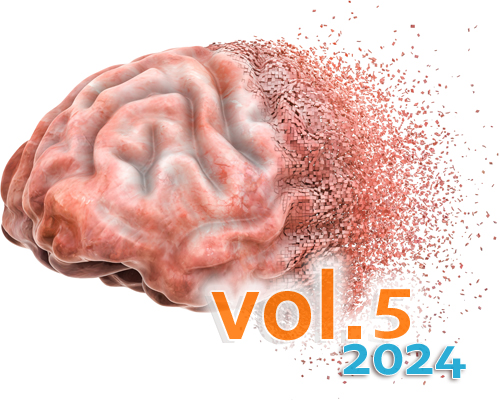Cellular activation patterns of CD10+ fibro-adipogenic progenitors across acquired disease states in human skeletal muscle biopsies
DOI:
https://doi.org/10.17879/freeneuropathology-2024-5162Keywords:
Fibro-adipogenic progenitor, Inflammatory myopathy, Denervation, CD10, Skeletal muscle, Periarteriolar, Type 2 atrophyAbstract
Background: Fibro-adipogenic progenitors (FAP) are muscle resident mesenchymal stem cells pivotal for regulation of myofiber repair. Experimental results show in addition involvement in a range of other pathological conditions and potential for pharmacological intervention. FAP histopathology in human muscle biopsies is largely unknown, but has potential to inform translational research.
Methods: CD10+ FAPs in 32 archival muscle biopsies from 8 groups (normal, dermatomyositis, inclusion body myositis (IBM), anti-synthetase syndrome, immune-mediated necrotizing myopathy (IMNM), denervation, type 2 atrophy, rhabdomyolysis) were visualized by CD10 immunohistochemistry and their histology compared. Groups are compared by semi-quantitative scoring.
Results: Histological activation of endomysial CD10+ FAPs includes prominent expansion of a network of cell processes surrounding muscle fibers, as well as endomysial cell clusters evidencing proliferation. Prominence of periarteriolar processes is a notable feature in some pathologies. FAP activation is often associated with fiber degeneration/regeneration, foci of inflammation, and denervation in keeping with experimental results. Type 2 atrophy shows no evidence of FAP activation. Dermatomyositis and anti-synthetase syndrome associated myositis demonstrate diffuse activation.
Conclusion: Assessment of CD10+ FAP activation is routinely possible using CD10 immunohistochemistry and demonstrates several patterns in keeping with preclinical results. Prominent expansion of FAP processes surrounding myofibers suggests enhanced interaction between myofiber/basement membranes and FAPs during activation. The presence of diffuse FAP activation in dermatomyositis biopsies unrelated to fiber repair raises the possibility of FAP activation as part of the autoimmune process. Future diagnostic applications, clinical significance and therapeutic potential remain to be elucidated.
Metrics
Published
How to Cite
Issue
Section
License
Copyright (c) 2024 Peter W. Schutz, Simon Cheung, Lin Yi, Fabio M. V. Rossi

This work is licensed under a Creative Commons Attribution 4.0 International License.
Papers are published open access under the Creative Commons BY 4.0 license. This license lets others distribute, remix, adapt, and build upon your work, even commercially, as long as they credit you for the original creation. Data included in the article are made available under the CC0 1.0 Public Domain Dedication waiver, unless otherwise stated, meaning that all copyrights are waived.



















